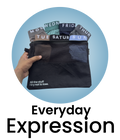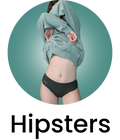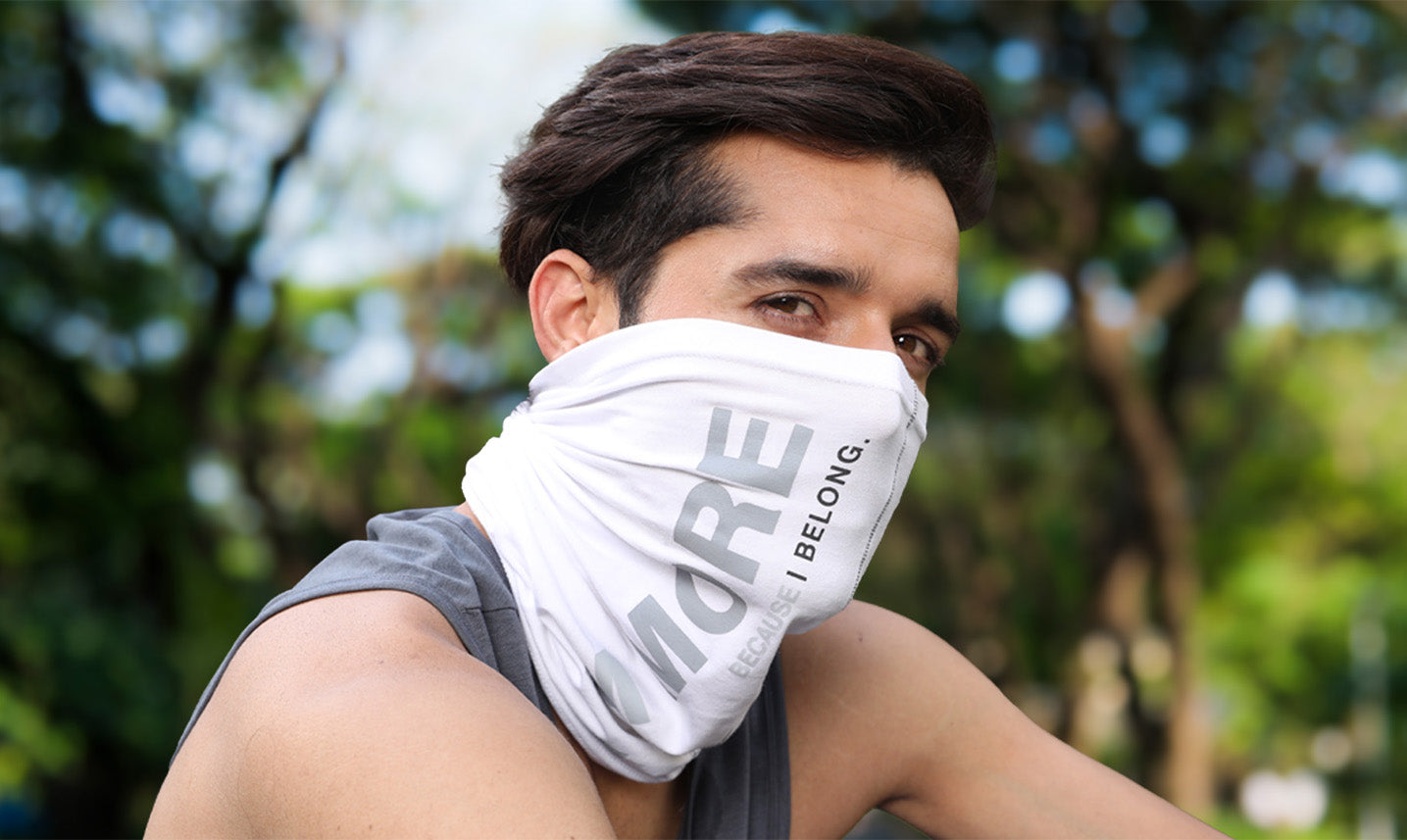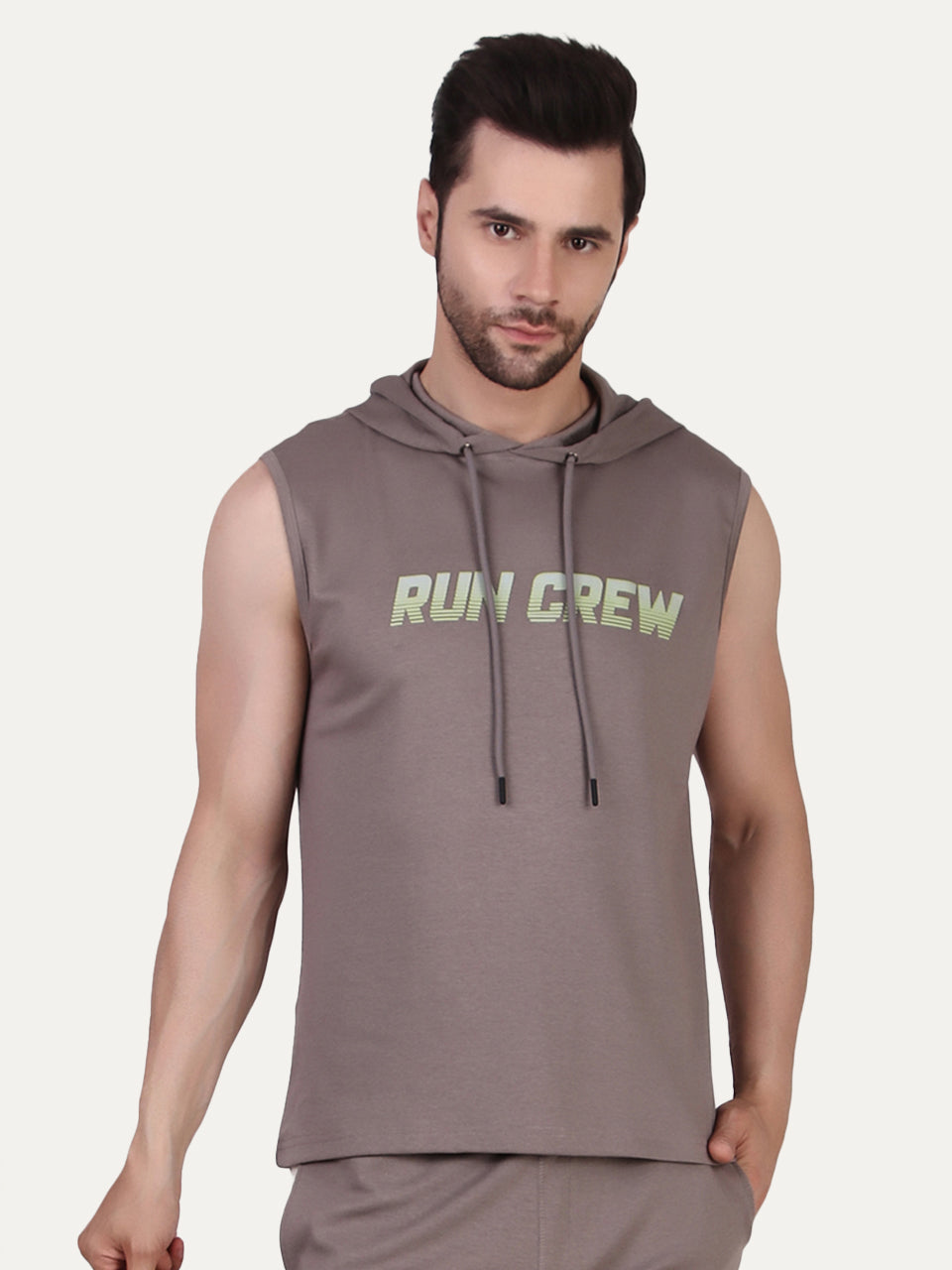Beyond a simple square of fabric, the bandana's story threads through centuries of utility and self-expression. Today, we see it reborn: from high-fashion runways showcasing silk versions as neck scarves, echoing Hermes' elegance, to practical, sweat-wicking options integrated into trail running gear for sun protection. Think of the classic paisley pattern, now reimagined in breathable microfiber, offering UPF 50+ protection against UV rays, crucial details considering recent dermatological studies highlighting the rising rates of sun-related skin damage. Understanding the bandana's material science and evolving applications equips you to leverage its versatile benefits, blending style with crucial sun safety protocols for any activity.

Unveiling the Bandana: More Than Just a Square of Fabric
Let's face it, bandanas are cool. They've been around forever, popping up in all sorts of styles and serving a ton of different purposes. But beyond the fashion statement, they're incredibly practical, especially when it comes to sun protection. Think of them as your trusty sidekick for everything from hiking to hitting up a music festival.
A History Woven in Time
The bandana's story is surprisingly rich. Its roots trace back centuries, with similar cloths used for various practical purposes across different cultures. The word "bandana" itself comes from the Hindi word "bāndhnū," referring to a tie-dyeing technique. Over time, bandanas became associated with cowboys, laborers. Even rebels, each group adding their own flair and function to the simple square.
Sun Protection: Your Skin's Best Friend
Okay, so how does a piece of cloth protect you from the sun? It's all about coverage. Bandanas can shield your neck, face. Even your head from harmful UV rays. Think of it as a mini-umbrella you can wear! Here's a breakdown:
- Neck Protection: The back of your neck is super vulnerable to sunburn. A bandana tied around your neck acts as a barrier.
- Face Shield: Dust, wind. Sun – a bandana can handle it all. Wear it bandit-style to protect your lower face.
- Head Cover: Bald heads or thinning hair? A bandana tied as a headscarf offers crucial sun protection.
While a bandana offers some sun protection, it’s crucial to remember that the UPF (Ultraviolet Protection Factor) of a standard bandana is generally low. Tightly woven, darker colored bandanas will offer more protection. For serious sun exposure, combine your bandana with sunscreen for optimal defense.
Styling Your Sun Shield: Endless Possibilities
This is where the fun begins! Bandanas are chameleons, adapting to your personal style. Here are a few ideas to get you started:
- The Classic Headband: Fold it into a strip and tie it around your forehead to keep hair out of your face and soak up sweat.
- The Neck Scarf: A casual and stylish way to protect your neck from the sun.
- The Face Mask: Perfect for dusty trails or sunny bike rides.
- The Wrist Wrap: Add a pop of color and have it handy for wiping sweat.
- The Hair Tie: A quick and easy way to pull your hair back.
Don't be afraid to experiment! There are tons of tutorials online showing different bandana tying techniques. Find what works best for you and your style.
Bandanas vs. Other Sun Protection Gear
How does a bandana stack up against other sun protection options? Let's take a look:
| Feature | Bandana | Sunscreen | Hat | UPF Clothing |
|---|---|---|---|---|
| Sun Protection | Moderate (depends on material and color) | High (when applied correctly) | High (for covered areas) | High |
| Style | Highly Versatile | N/A | Various Styles | Limited Style Options |
| Portability | Excellent | Excellent | Good | Good |
| Cost | Low | Moderate | Moderate to High | High |
| Breathability | Good (depending on material) | N/A | Varies | Good |
As you can see, bandanas offer a great balance of style, portability. Affordability. But, they shouldn't be your only line of defense against the sun. Sunscreen, hats. UPF clothing are essential for comprehensive protection.
Choosing the Right Bandana: Material Matters
Not all bandanas are created equal. The material plays a big role in comfort, breathability. Sun protection. Here's a quick guide:
- Cotton: The most common and affordable option. Breathable and comfortable. Can get damp and doesn't offer the highest sun protection.
- Polyester: Durable and quick-drying, making it a good choice for outdoor activities. Offers better sun protection than cotton.
- Silk: Lightweight and luxurious. Delicate and not ideal for strenuous activities.
- Linen: Breathable and absorbent. Wrinkles easily.
- Blends: Many bandanas are made from a blend of materials to combine the best qualities of each.
For sun protection, opt for darker colors and tightly woven fabrics. Consider a bandana made from a polyester blend for its durability and sun-blocking properties. And remember that Fashion and Comfort are equally crucial, so choose a material that feels good against your skin.
Real-World Applications: Where Bandanas Shine
Bandanas aren't just for cowboys and pirates anymore! Here are some real-world scenarios where they come in handy:
- Hiking and Camping: Protect your neck from the sun, filter dust, or use it as a makeshift bandage.
- Gardening: Keep sweat out of your eyes and protect your face from the sun.
- Cycling: Wear it under your helmet for added comfort and sun protection.
- Festivals and Concerts: Add a stylish touch to your outfit while protecting yourself from the elements.
- Everyday Wear: A versatile accessory that can be dressed up or down.
Caring for Your Bandana: Keeping it Fresh
To keep your bandana looking its best and functioning properly, follow these simple care tips:
- Wash Regularly: Especially after sweaty activities.
- Machine Washable: Most bandanas can be machine washed on a gentle cycle.
- Air Dry: To prevent shrinking and fading.
- Iron if Needed: Use a low setting for delicate fabrics.
With proper care, your bandana will be a reliable companion for years to come.
Conclusion
So, you're now armed with bandana knowledge! It’s time to move beyond simply knowing the bandana’s potential and actively incorporate it into your life. Don't let this versatile accessory gather dust in a drawer. Think beyond the basic head covering; experiment with using it as a camera strap embellishment or even a quirky pocket square. I personally love using a bandana as a makeshift wristband during runs to quickly wipe away sweat. The bandana's adaptability makes it a perfect companion for any adventure. Remember, style is personal. The bandana provides a blank canvas for your self-expression. Embrace the trend of sustainable fashion by repurposing old bandanas into unique pieces. Now, go forth, be creative. Let your bandana be a symbol of your unique style and resourcefulness! Learn more about BandanasMore Articles
Freecultr mask – Breathable Protection & Reusable DesignFreecultr muffler – Soft Warmth & Stylish Designs
Freecultr socks – Antimicrobial & Odor Resistant
Freecultr hoodie – Cozy Comfort & Durable Fabric
FAQs
So, what's the big deal with bandanas? I see them everywhere!
Okay, so bandanas are way more than just a fashion statement (though they definitely can be!). They're super versatile. Think of them as a multi-tool for your wardrobe and outdoor adventures. Style, sun protection, quick cleanup – they can do it all.
How can a bandana actually protect me from the sun? Sounds kinda flimsy.
Great question! While a bandana isn't as effective as sunscreen, it does offer a physical barrier against UV rays. Darker colors and tightly woven fabrics provide better protection. Think of it like shade for your skin, especially for your neck, face, or scalp. Just don't rely on it as your only sun protection!
What are some cool ways to wear a bandana besides just around my head?
Oh, the possibilities are endless! You can tie it around your neck like a scarf, use it as a wristband, attach it to your bag for a pop of color, fold it into a headband, or even use it as a makeshift face covering in a pinch. Get creative!
Are all bandanas the same size and material?
Nope! You'll find bandanas in various sizes, though the standard square size (around 22x22 inches) is most common. Material-wise, cotton is classic. You can also find them in silk, polyester, or blends. Cotton is breathable but can get soggy; synthetics dry faster.
I want to use a bandana for hiking. Any tips?
Definitely! Soak it in water and tie it around your neck for a cooling effect. It can also be used to wipe sweat, filter water in an emergency (though you should still purify it!) , or even as a makeshift bandage. Pack a couple – you'll be surprised how useful they are.
Can I just throw my bandana in the washing machine?
Yep, most bandanas are machine washable. Just check the care label first. Wash with similar colors, especially for the first wash, as some dyes can bleed. Tumble dry low or hang to dry to prevent shrinking.
Okay, last question: where can I even buy a bandana?
Everywhere! Seriously. Drugstores, clothing stores, outdoor supply shops, online retailers... They're super easy to find and usually pretty affordable. You can even find vintage ones at thrift stores!






